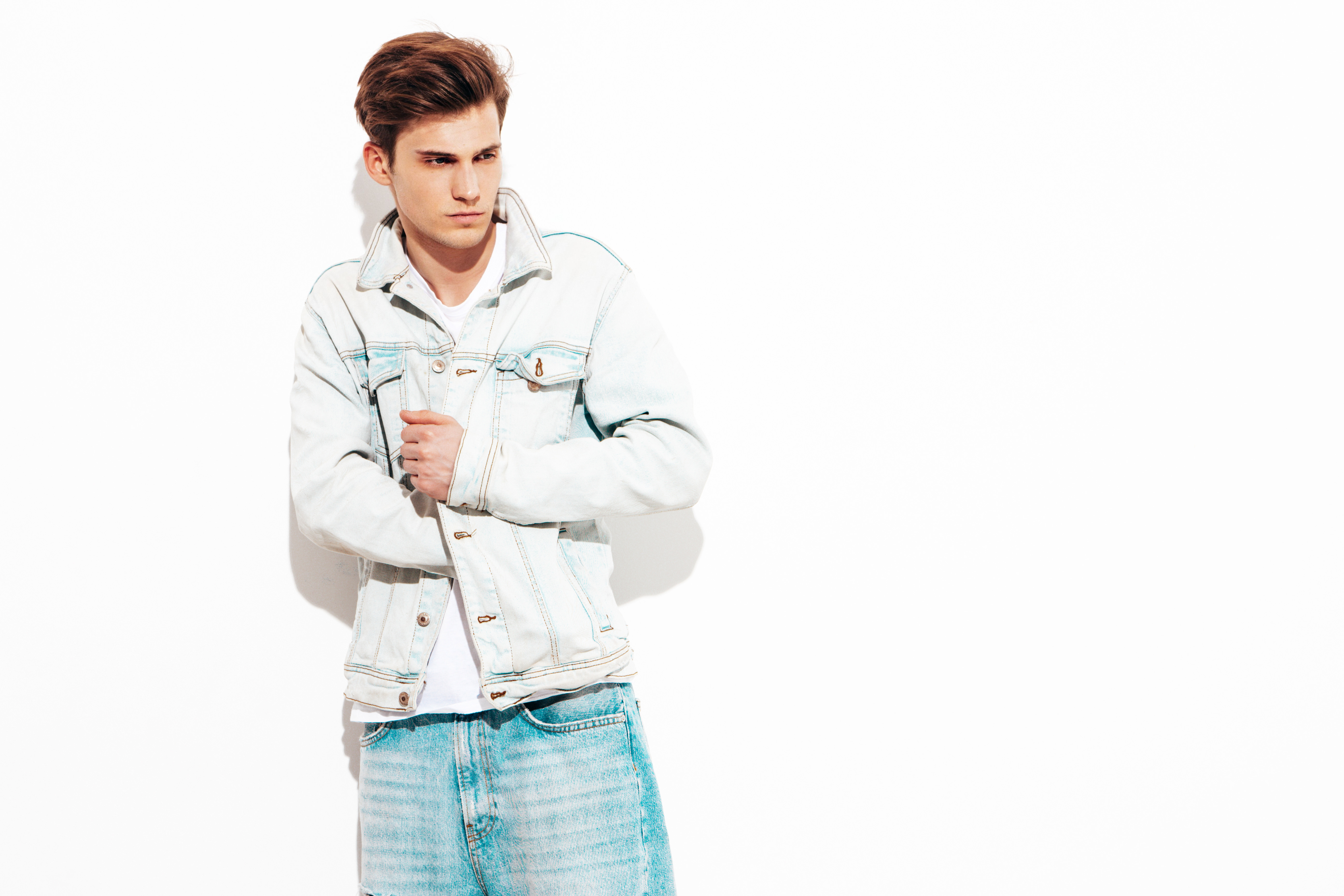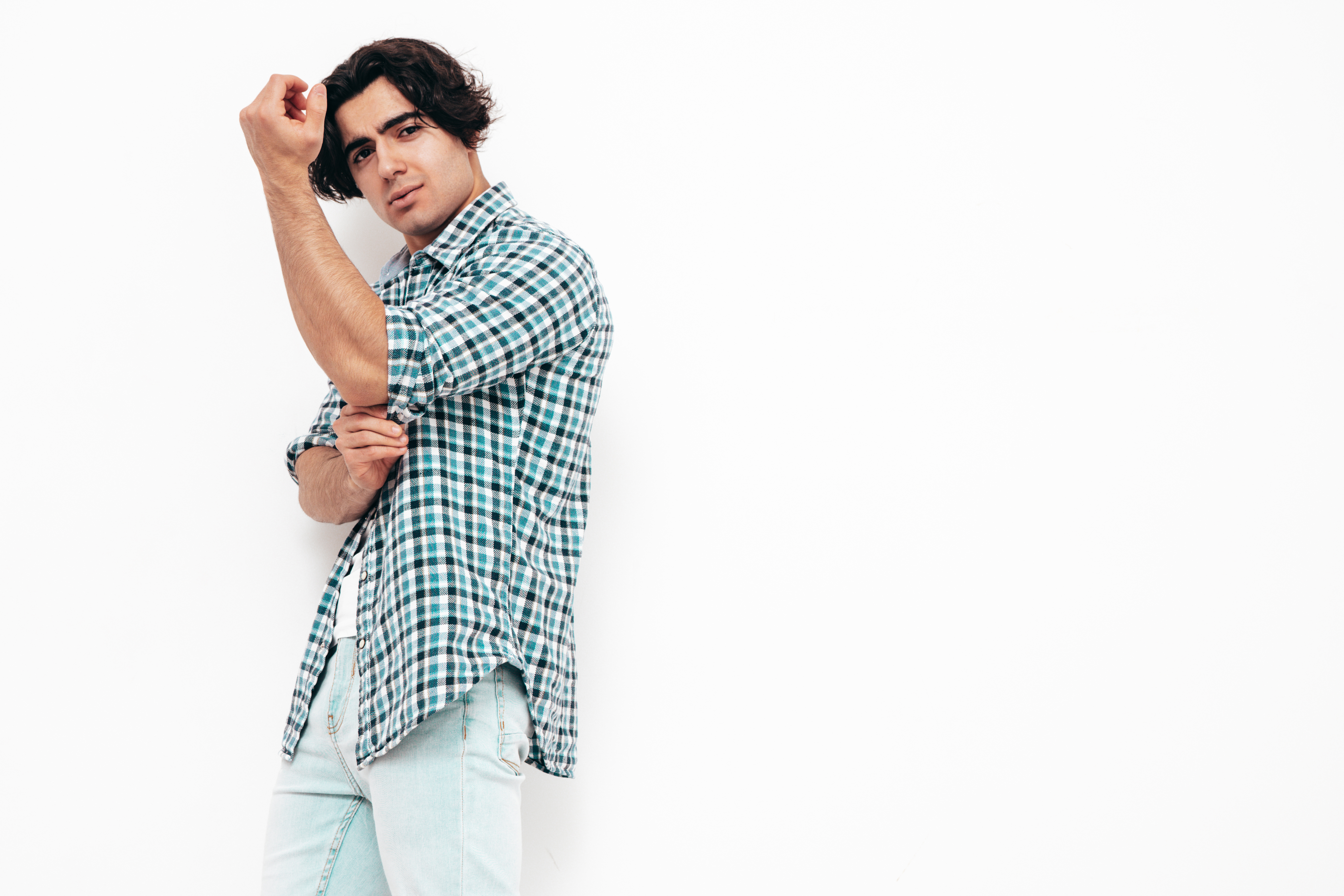
- admin admin
- 16 Jan, 2025
The Psychology of Clothing: How What You Wear Affects How You Feel
Have you ever noticed how slipping into your favorite outfit can instantly boost your mood or how dressing sharply for an important event makes you feel more confident? Clothing doesn’t just cover your body—it influences your mind. The connection between what you wear and how you feel is deeply rooted in psychology. This blog explores the fascinating ways clothing impacts your emotions, self-perception, and even behavior.
Dressing for Mood and Confidence
The term “enclothed cognition” describes the psychological influence clothing has on the wearer. Studies show that the clothes you wear can affect your mental state, behavior, and performance. For example:
- Formal Wear Boosts Confidence: Wearing a tailored suit or elegant dress can make you feel empowered, capable, and in control. Formal clothing is often associated with professionalism, which translates into a confident mindset.
- Bright Colors Uplift Mood: Colors like yellow, orange, and pink can evoke happiness and energy, while darker shades like navy or gray may feel more subdued or serious.
- Comfort Equals Calm: Relaxed fits and soft fabrics, like cozy loungewear or an oversized sweater, can promote relaxation and reduce stress.
The clothes you choose can either amplify or shift your current mood, making wardrobe selection a powerful daily tool.
Clothing and Self-Perception
What you wear also shapes how you see yourself. Imagine putting on a superhero costume as a child—didn’t you instantly feel braver? Adults experience similar effects. Clothing acts as a symbol, and wearing certain items can help you embody the traits they represent.
-
Role Identification:
Dressing for a role—whether it’s a doctor in a lab coat, a chef in an apron, or an artist in paint-streaked clothes—enhances your connection to that identity. These items reinforce your skills and purpose. -
Personal Transformation:
Trying out a bold new style or accessory can reshape how you perceive yourself. Experimenting with edgy leather, glamorous sequins, or preppy blazers might reveal a side of you that you hadn’t fully embraced. -
Body Image:
Clothes that fit well and flatter your shape can significantly improve how you feel about your body. Conversely, ill-fitting or uncomfortable clothing can lead to self-consciousness.
The Power of Symbolism in Fashion
Clothing is rich in symbolic meaning. Certain styles, colors, and patterns convey messages, often subconsciously. Understanding these symbols can help you harness their power.
- Black for Authority: Black is associated with sophistication, elegance, and strength. It’s no wonder many professionals choose it for high-stakes situations.
- Red for Boldness: Red is a power color, symbolizing passion and confidence. It’s ideal when you want to make a strong impression.
- Florals for Femininity: Patterns like florals or lace often evoke feelings of softness and approachability.
By aligning the symbolism of your clothing with your goals or mood, you can subtly influence how others perceive you—and how you perceive yourself.
Dressing for Success
Your wardrobe can impact not just your mood but also your performance. Consider these scenarios:
- Job Interviews: Wearing structured, polished outfits signals professionalism and attention to detail, giving you a psychological edge and leaving a positive impression on interviewers.
- Fitness Goals: The rise of "athleisure" shows how wearing gym-friendly clothing can motivate physical activity. When you dress the part, you're more likely to act the part.
- Creative Tasks: Playful, colorful, or eclectic outfits may stimulate creativity and out-of-the-box thinking.
In each case, what you wear serves as a visual and mental cue, helping you step into the mindset required for success.
Clothing and Social Interactions
Your clothes don’t just affect how you feel; they also shape how others respond to you. Psychologically, people form first impressions within seconds, and clothing is one of the first factors they evaluate.
- Trust and Approachability: Neutral tones, soft fabrics, and neat, well-fitted attire make you seem approachable and reliable.
- Authority and Leadership: Structured silhouettes, dark colors, and bold accessories convey strength and command attention.
Understanding these dynamics can help you dress for positive social outcomes.
Tips for Mindful Dressing
- Start with Intent: Before getting dressed, think about your goals for the day. Do you want to feel confident, approachable, or relaxed? Let this guide your outfit choices.
- Embrace Your Favorites: If certain pieces always make you feel good, wear them often. Repeating "power outfits" can be a confidence booster.
- Consider the Occasion: Dressing appropriately for different settings—work, social events, or relaxation—ensures you feel comfortable and capable.
- Experiment and Reflect: Try new styles, colors, or accessories, and pay attention to how they make you feel. Over time, you’ll discover patterns that enhance your mood and mindset.
Conclusion
Clothing is much more than a practical necessity; it’s a tool for psychological empowerment. By being intentional with your wardrobe, you can boost your mood, express your identity, and influence how you approach life’s challenges. So, the next time you stand in front of your closet, remember: your outfit isn’t just something you wear—it’s part of the story you’re creating about yourself, one piece at a time.


